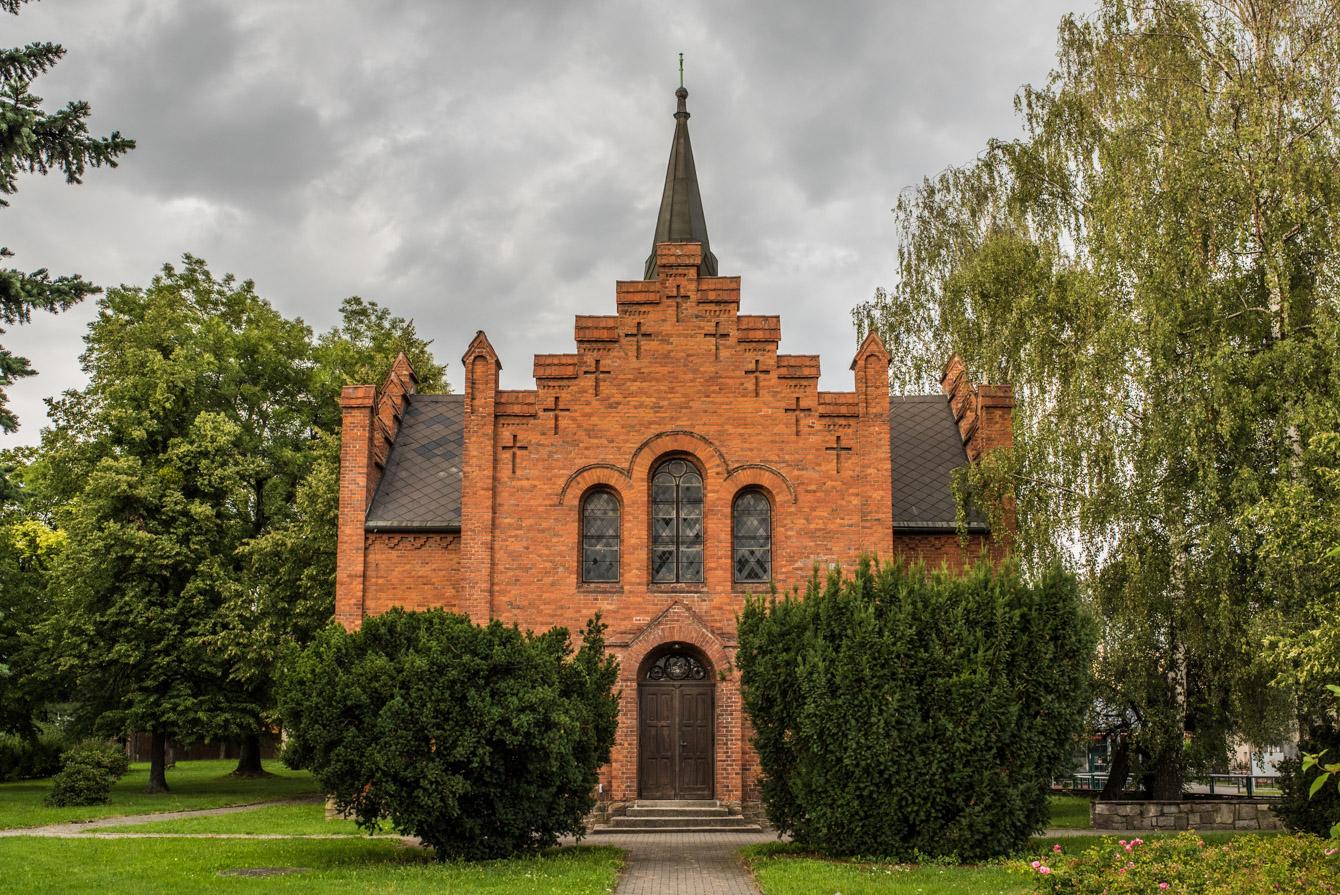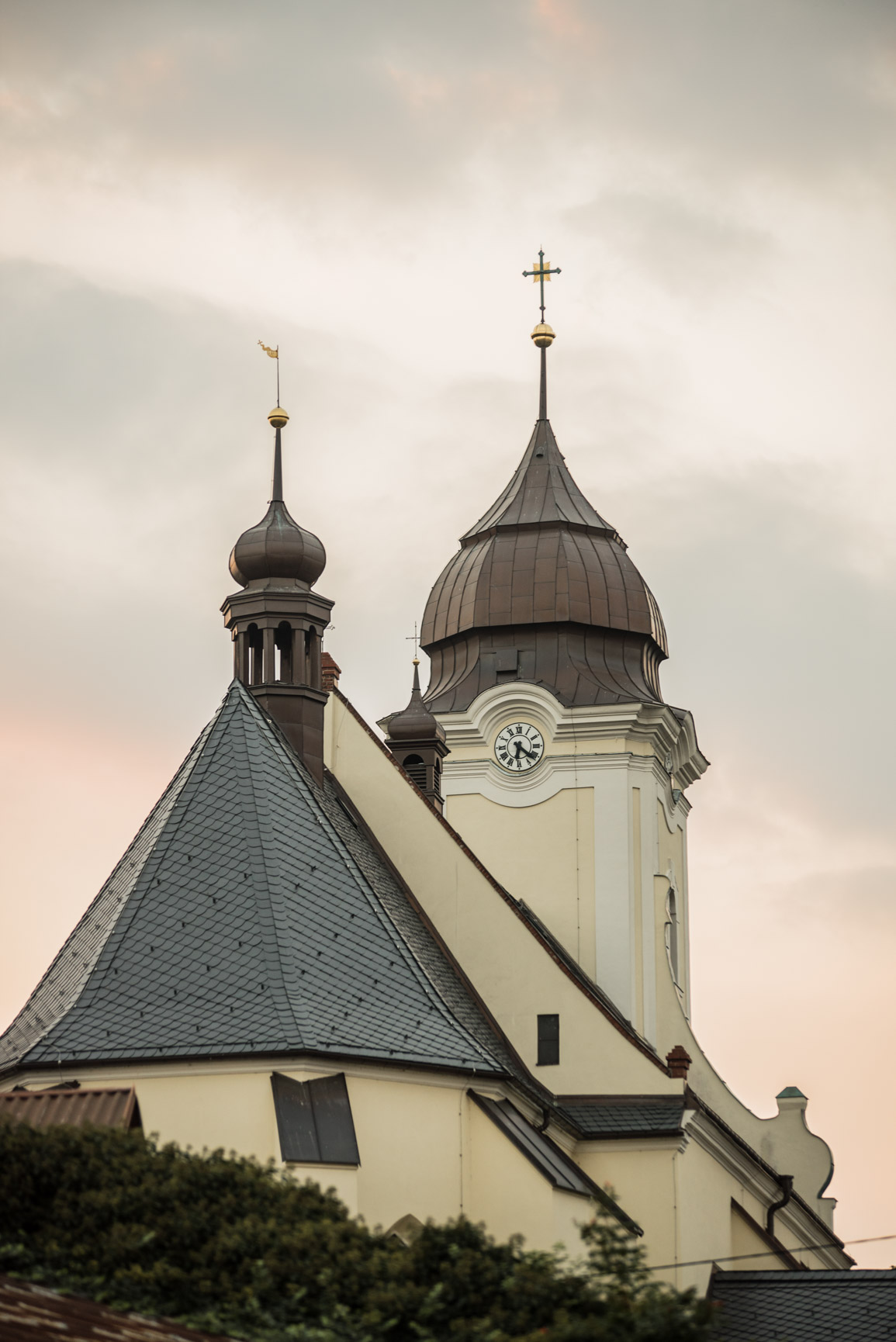The biggest city and the most important cultural and business center of Hlučín region is the city of Hlučín. It was founded in 1256 by the Czech King Přemysl Otakar II on a „green meadow“. The beauty of unspoiled nature, as well as historical monuments and various free-time activities in the Hlučín municipality play an important part in regional tourism. It is situated close to the route connecting Ostrava and Opava and it lies near the state border. Its location guarantees an easy interaction with surrounding regions and neighboring states (mainly the Republic of Poland and the Slovak Republic).
COAT OF ARMS OF HLUČÍN
The nowadays design of Hlučín's coat of arms was made from seals that were used by the owners of the town in the past. The design of the coat of arms is the only reminder left of the former city owners. On the right side of a green shield, the right side of the Saint Anthony's cross with a half-sphere at the end of a narrow rod is displayed. Itʼs connected to a prolonged bottom line that has the shape of a capital „P“ displayed on the left side of the shield. Above the cross and initials, there is a lily displayed in the middle. The middle of the shield is lined with 5 six-pointed stars. The cross, the initials, the lilies, and the stars are a golden color. Half of the design found on the Saint Anthony's shield comes from the family crest of Ján Bělík from Kornice (1486 – 1490) who is a former owner of the city. The capital letter „P“ was thought to be an initial letter from the name Přemysl Otakar II (Ottokar II) who founded the city. However, new research claims that itʼs an abbreviation of Longo Pago (LP) meaning „Long Village“ (cz. Doulhá ves) that stood in the area of modern Hlučín very long time ago. A piece of evidence supporting this claim is the street name „Longvillage street “ (cz. Dlouhoveská) in Hlučín. The lilies displayed at the top of the shield are a symbol of a noble family Bruntáls from Vrbno and the five stars demonstrate five generations of the Gašíns who owned the city from 1629 to 1727.


